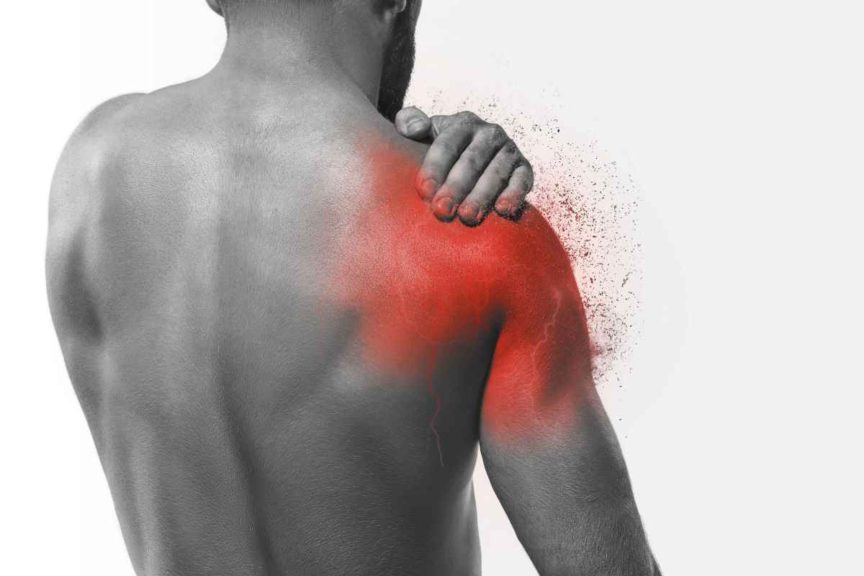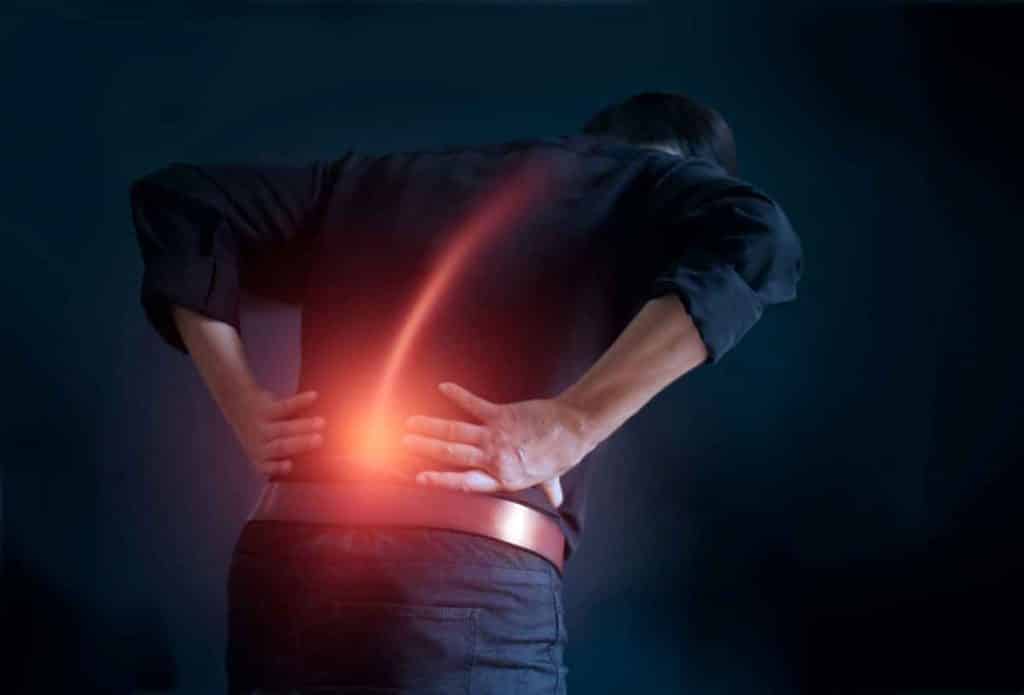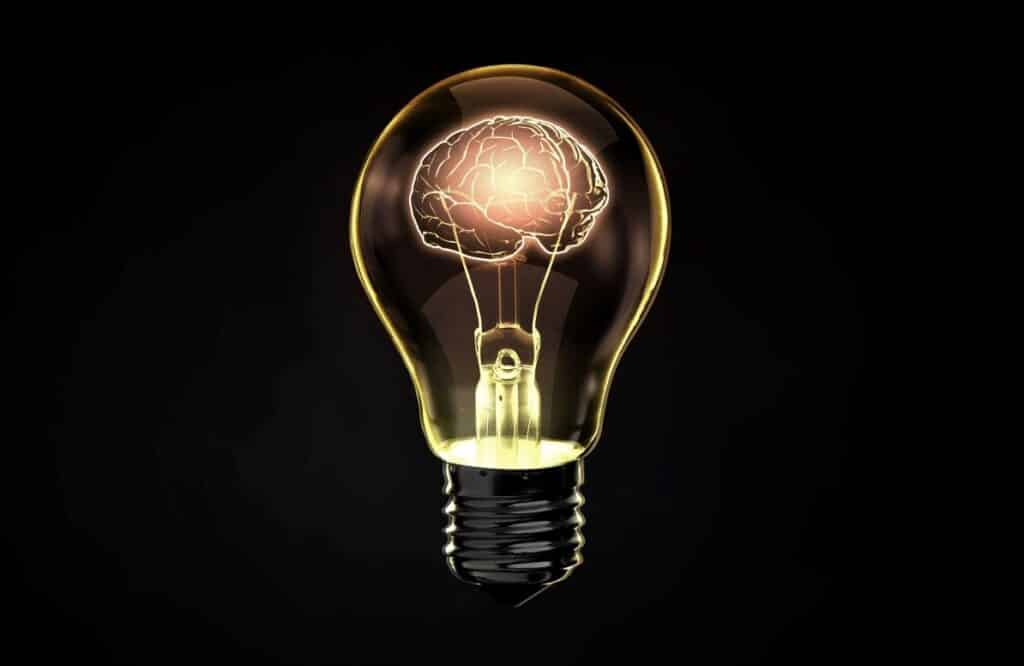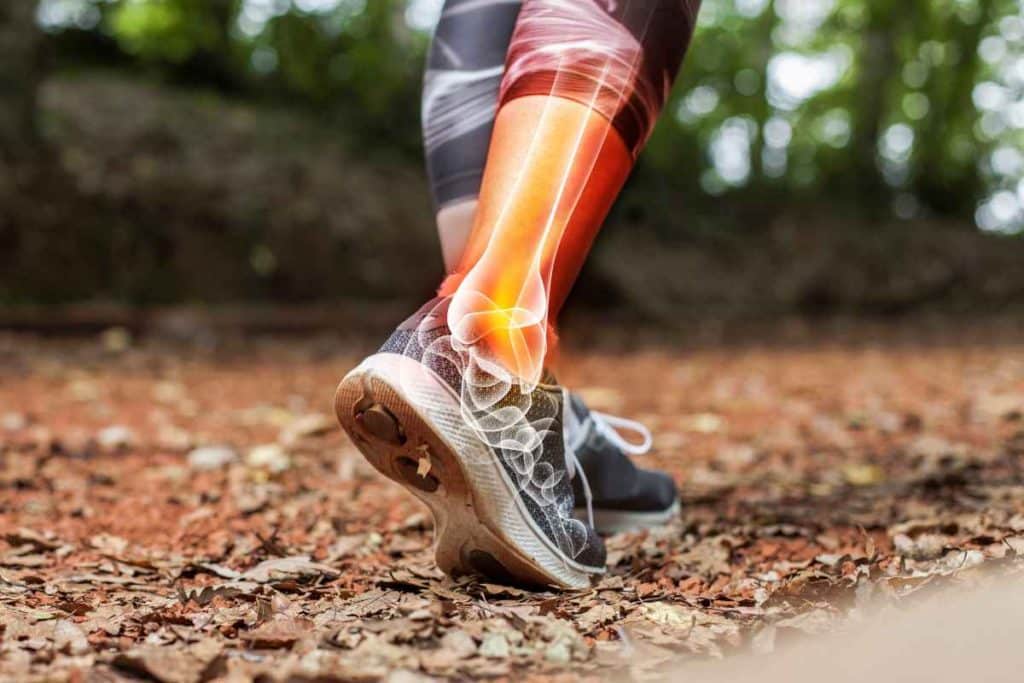Injuries are always a major bummer. The only things worse than getting an injury are not taking the appropriate steps towards getting yourself out of pain as quickly as possible and/or regaining as much functional ability as possible. Well, actually it’s also just as bad if you get injured but don’t learn how to reduce the likelihood from re-injury/pain/dysfunction from occurring again in the future.
In other words, if you’re going to get injured, you might as well get as much out of the recovery process as a possible. This includes not only reducing pain while regaining function, but decreasing likelihood of future injury, increasing personal confidence and overall emotional wellbeing as well.
Whether you seek physical therapy after a new injury/condition or one that has been ongoing for some time, physical therapy is important due to the benefits you can receive for pain reduction, re-gaining funcational abilities, confidence and education towards making sure the injury is less likely to occur in the future.
The quick overview of this article for why physical therapy is important after an injury:
Reason 1: Eliminate or reduce pain (and doing it much more quickly)
Reason 2: Education on all aspects of your pain/condition and what you can do for it
Reason 3: Reduce likelihood for future re-injury to the affected area
Reason 4: Gaining back your functional abilities
Reason 5: Gaining confidence with your daily activities
Reason 1: Eliminating or reducing pain (and doing it much more quickly)
Being in pain is brutal. Whether the pain is more of a nuisance or extremely bothersome, people want it gone as quickly as possible. No one can fault you for wanting to get out of pain. Now, you’re likely quite aware that physical therapy can help with your pain. What you might not be aware of, however is that we tailor the treatments we give based on the TYPE of pain that you’re having (as well as the extent of pain as well).
When it comes to physical therapy, we have a number of approaches we take based on the nature of your injury or condition in order to begin getting pain under control as quickly as possible. We determine which interventions to take based on what type of pain you’re experiencing. Different stages of an injury and different types of injuries produce pain in different ways.
Pain can be mechanical (occurs when we produce physical movement), chemical (such as when there is inflammation within tissue), neuropathic (arising from irritation or injury to a nerve) and other ways. Physical therapists are well-trained in understanding how to identify the pain-generating mechanisms that are causing you discomfort, which means we can get your pain under control as quickly as possible.
This is pretty critical for you since not all pain behaves or responds the same. If you think your pain is coming from “tight muscles” but it’s being driven by different pain-generating structures (such as dural tension), you won’t get anywhere with your typical stretching. Having a physical therapist determine the source of pain so that it can be correctly treated is critical if you have suffered an injury.
Once we know which way(s) that the pain is likely being produced, we target our pain-treatment strategies around the pain-producing structures. We’ll give it everything we’ve got (with help on your end) for getting pain to settle down and preventing it from coming back.
The bottom line: Pain is the enemy and we as physical therapists make our living studying the enemy so that we know how to defeat it. It will take some work on your end with education and exercises, but we have some great things we can do to right away when we work with you in the clinic to begin getting you out of pain.
Reason 2: Education on all aspects of your pain/condition and what you can do for it
The only thing worse than being in pain is not understanding what’s causing it or what you can do to help ensure you don’t make things worse. You also want to know what you can do to make it better.
This is the value of having a physical therapist educate you on the nature of your pain and/or condition. It can be a frustrating and even anxiety-inducing experience when you don’t know or understand why you’re in pain.
Physical therapists place an extremely high importance on educating our patients regarding the nature of their pain or condition. We do this because education is the foundation for which successful recovery begins.
We could do all our treatment techniques and use all the modalities we have (machines we sometimes use to help with pain and recovery), but if YOU don’t understand what is causing your pain and what you should do more of or less of throughout the recovery process, then chances of a successful recovery can be diminished.
The bottom line: Arming our patients with education on all aspects of their pain/injury/condition is one of the most powerful weapons in the rehabilitation process. If nothing else, see your physical therapist just so that they can tell you what’s driving your pain and which structure(s) is/are causing the issue. In addition to providing education on what’s driving your pain, they’ll be able to help you understand exercises, activities and/or positions to avoid, to do more of, to do with caution, etc.
Reason 3: Reduce the likelihood of future re-injury to the affected area
The number one overall predictor for the likelihood of sustaining an injury to a body part is whether or not that body part has been previously injured.
While there are other strong predictors as to whether or not an individual will likely have an injury to a body part, previous injury is by far the biggest predictor.
What this means for you is that re-gaining proper strength, mobility and motor control of an injured body part is critical for drastically reducing the likelihood of injuring that body part again. On top of this, a physical therapist will help you to understand the nature and circumstances of your injury (the education component mentioned in the previous section), which will FURTHER decrease the likelihood of future injury reoccurrence.
When joints don’t move properly or muscles don’t contract properly, etc., it creates a dysfunction of the body part or area that leads to further tissue breakdown, pain, etc. This is analogous to having parts on a complex machine that aren’t lubricated properly or aren’t functioning properly. It not only increases the likelihood of breakdown of those parts, but subsequently the rest of the machine as well.
Injury creates disruption and trauma to tissues when the injury occurs. The body has a pretty amazing ability to heal and recover on its own, but there’s usually some residual restriction and/or dysfunction left in the system afterwards.
The bottom line: The bigger and nastier an injury, the greater the likelihood of re-injury occurring in the future. The fuller and more complete the recovery after an injury, the less likelihood there will be for that injury to reoccur.
Reason 4: Gaining back your functional abilities
Depending on the type and extent of injury or condition that you may have, you may find that it interferes with your daily activities and life in general. Experiencing pain or general movement dysfunction (due to weakness, immobility, etc.) that is holding you back from doing the things you want to do is a defeating feeling.
Thankfully, in addition to getting out of pain, physical therapy treatment can greatly help with getting you back on track towards performing your daily activities and partaking in other activities that you enjoy.
Physical therapists are highly trained on understanding how pain, injuries and different medical conditions affect the body’s ability to move. We (physical therapists) are also highly trained on numerous treatment techniques and devices that help to enhance mobility, strength and overall movement quality based on an individual’s needs.
By restoring movement and helping you get back to your normal functional abilities, not only are you getting back to normal rhythms and routines, but you’re greatly reducing the likelihood of further injury to occur to that body part again (as mentioned in the previous point).
The bottom line: Just because you’re out of pain doesn’t guarantee that your body is moving how it should. Having dysfunctional movement can cause tissues and structures in the body to be overworked or force other tissues and structures (ones that shouldn’t be required for the correct movement) to attempt to produce the movement instead. When you eliminate or minimize dysfunctional movement, you’re less likely to sustain pain or greater movement issues down the road.
Reason 5: Gaining confidence with your daily activities
Confidence is everything when it comes to successful recovery. If you don’t have as much confidence as possible, you can feel like you’re walking on eggshells with your daily activities. Not having peace of mind and confidence when performing movements or activities that you enjoy is no way to live.
When you’re educated as to all aspects of the nature of your condition, you will experience a high level of confidence and a much lower level of “catastrophization”, which we refer to as thinking the absolute worst of our situation since we don’t understand what’s going on.
If you’re experiencing a lack of confidence in your movement abilities due injury or pain, ask yourself how much better each day and all of your daily activities may be if you had more confidence when it came to moving without pain.
The bottom line: Living your life in fear of movement or feeling like you’re one wrong move away from a major pain flare-up is no way to live, especially when it’s holding you back from activities you enjoy, let alone activities of daily living. We were meant to live with confidence, and living in constant fear of movement is emotionally exhausting, among many other things.
Concluding remarks
Injuries happen to us all, it’s inevitable. What’s not inevitable is the lingering pain or dysfunction that you need to be stuck with for the rest of your days, or the partial recovery you may wind up with.
This is not to say that every single injury is going to need physical rehabilitation, and it’s not to say that every single injury or condition can be taken entirely back to before the injury or condition began. Like everything in life, there are a myriad of factors that go into any particular injury or condition.
What’s pretty universal though is the positive correlation between how soon you address an injury/condition and how much more successful the recovery and outcomes are. As well, the sooner you begin to address pain and/or dysfunction, the quicker recovery process is. So, in other words: Never let a minor issue become a major issue.
Physical therapy can take some hard work, filled with good days, bad days and be a long road at times, but you have a world to gain back from it. The only real things you have to lose are pain, dysfunction and a lifestyle lacking in movement confidence.
Related articles
- What to Expect for Your First Physical Therapy Appointment
- How to Prepare for Your First Physical Therapy Appointment
- How Can Physical Therapy Help with Balance Issues?
- Can Physical Therapy Help Me Lose Weight?

Hi! I’m Jim Wittstrom, PT, DPT, CSCS, Pn1.
I am a physical therapist who is passionate about all things pertaining to strength & conditioning, human movement, injury prevention and rehabilitation. I created StrengthResurgence.com in order to help others become stronger and healthier. I also love helping aspiring students and therapists fulfill their dreams of becoming successful in school and within their clinical PT practice. Thanks for checking out my site!






